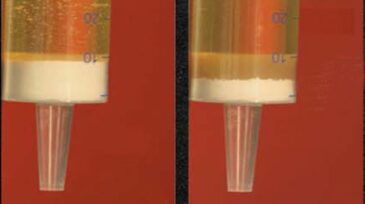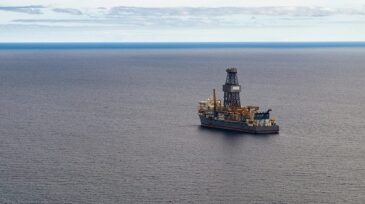Drilling
The London-headquartered independent acquires position in the US Gulf while preparing Zama for final investment decision.
This study identifies critical knowledge gaps in wellbore integrity and underscores areas that require further investigation, providing insights into how wellbores must evolve to meet the technical demands of the energy transition.
This study illustrates the new capabilities, tailored for CO₂ storage applications, of a modeling framework that provides a quantitative, risk-based assessment of the long-term integrity of legacy plugged and abandoned wells.
-
Well RXY is located in Cairn’s Ravva offshore field in the Krishna-Godavari Basin in India. One goal for the field was significant crude production by means of a secondary reservoir section.
-
SponsoredNew extreme environment ultracapacitor technology will allow directional drillers to eliminate lithium from their entire supply chain. These advanced ultracapacitors can be coupled with downhole turbine generators to provide reliable downhole power without the need for lithium.
-
Since the 1980s, many technical works have focused on improving the ability to detect hydrocarbons inside the riser and safely remove them from the system. This trend gained extra momentum with the advent of systems such as riser-gas handlers and managed-pressure drilling.
-
The Pluma-1 discovery could turn the southeast portion of Stabroek Block off Guyana "into a major new development area," the company says.
-
Operators face a dilemma in balancing the need for mud weight (MW) to remain below the fracture gradient to avoid losses, while also providing sufficient density to block influxes into the well.
-
Recent research shows that, in addition to hardness, other rock properties, such as lithology types, heterogeneity, and abrasiveness, have equal importance in bit evaluations. Consequently, the discussion must move from rock-strength analysis to rock-drillability analysis.
-
Using log data from offset wells, a bit-selection software based on unconfined compressive strength (UCMPS) calculations has been used to optimize the bit selection for Well X.
-
This paper will show how stick/slip vibration distributions can be used to guide drillstring and parameter redesign to mitigate stick/slip in the next well.
-
Severe bit damage is an issue in West Texas land drilling because of abrasive sand formation and interbedded hard stringers.
-
Helmerich & Payne’s first 100 years have required constant reinvention. Now the company hopes its new drilling software platform built on the acquisitions of two startups will propel it through the next century.













